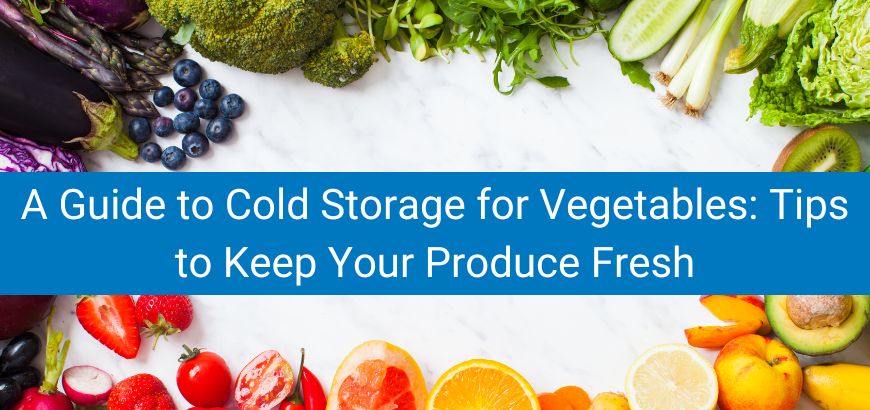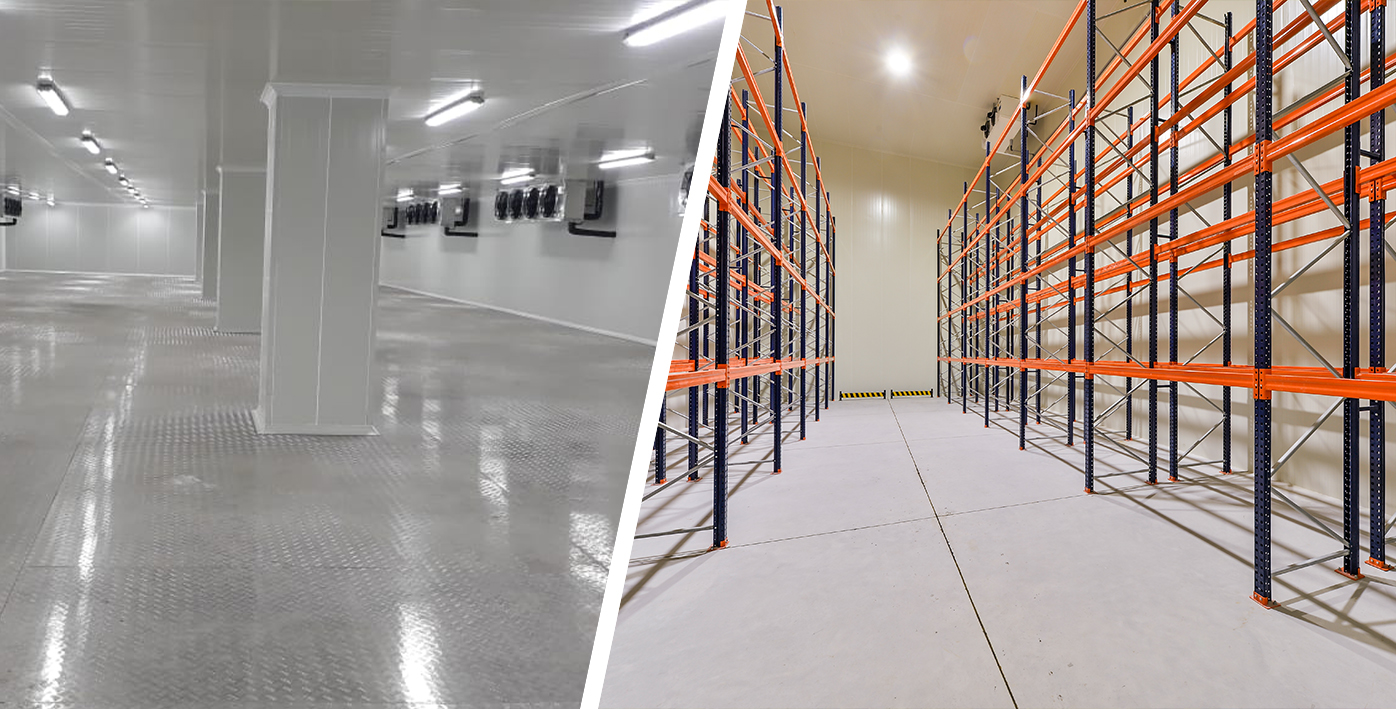A Guide to Cold Storage for Vegetables: Tips to Keep Your Produce Fresh

Admin
August 10, 2022


August 10, 2022

India is one of the largest producers of fruits and vegetables globally. However, losses after harvesting account for 25 to 30% of the production, leading to low per capita consumption of fruits and vegetables. Moreover, a large portion of the produce gets deteriorated before it even reaches the end customers. In fact, the perishability of fruits and vegetables is a top concern for producers, traders, as well as marketers. Whether it is the oversupply or undersupply, high marketing costs, or price fluctuations all tie back to perishability or shorter shelf-life of vegetables and fruits. This is where cold storage comes into the picture!
Historically, cold storage was used extensively even by our ancestors to keep the product intact after the harvesting season. Come the modern times, the availability of fruits and vegetables year-round in supermarkets underlines the importance of commercial cold storage and advancement in refrigeration technology.
As you choose the most appropriate cold storage for fruits and vegetables, we are here to equip you with the right information to make the right choice. So, let’s get started!
Heard about seven-eighth-cooling? Fruits, vegetables, and other types of horticultural products require pre-cooling or rapid room cooling to seven-eighth cooling in a very short amount of time, ranging from 4 to 24 hours. This is primarily done post-harvesting to keep the quality, and freshness intact as well as improve the shelf-life.
Seven-eighth cool time is defined as the time required to remove seven-eighths or 87.5% of the temperature difference between the initial temperature of the fresh produce and the temperature of the cooling air circulating inside the cold room.
In simple words, the removal of field heat is known as pre-cooling and it is the first operation in the cold chain for fruits and vegetables to help control the ripening process. In fact, quick and uniform cooling to the storage temperature of fruits and vegetables within a few hours of harvest can increase the storage life, quality and value of the products substantially. Delay in pre-cooling can lead to a loss in moisture content of the produce, resulting in weight loss. Along with the growth of pathogens or microorganisms, there can be rapid deterioration in quality and value.
Primarily, there are six different ways of pre-cooling for fresh produce including fruits and vegetables—room cooling, forced-air cooling, evaporative forced air cooling, water or hydro cooling, ice packaging, and vacuum cooling. The pre-cooling requirements may vary depending on the type of the commodity or the produce, handling, packaging, storage duration and methods, etc.
Now, in the room cooling, the fresh produce is cooled and stored in the same room. It does not involve any transfer and that’s why the rooms should be equipped with appropriate refrigeration systems, air circulation as well as shelving and stacking for efficient storage.
In case, the field heat from the fresh produce needs to be removed within 4 to 6 hours, forced air cooling is the most rapid, preferred method of precooling for various perishable commodities.
A specially designed pre-cooler room is a compact refrigerated room that works at a temperature range of 0 to 5 °C. These rooms are equipped with unique features including
• Enable rapid cooling of products
• Have a specially designed airflow path for uniform cooling
• Control high relative humidity

Based on the type of commodity, storage requirements, and duration, cold storage can be of the following types.
There are some critical components and functionalities of multi-cold storage that play a key role in extending the shelf-life of fresh produce whilst protecting it from deterioration.
The lack of effective cold storage infrastructure is one of the primary reasons for food wastage. This becomes specifically critical in the case of post-harvest fruits and vegetables. Therefore, it is essential to reduce deterioration and maintain the safety and quality of fresh produce for consumption by your customers. This is where pre-cooling rooms and multi-commodity cold storage can prove extremely useful and efficient.
To know more about how Rinac can help you take good care of your fresh produce with specialised, customisable cold storage solutions, click here!
